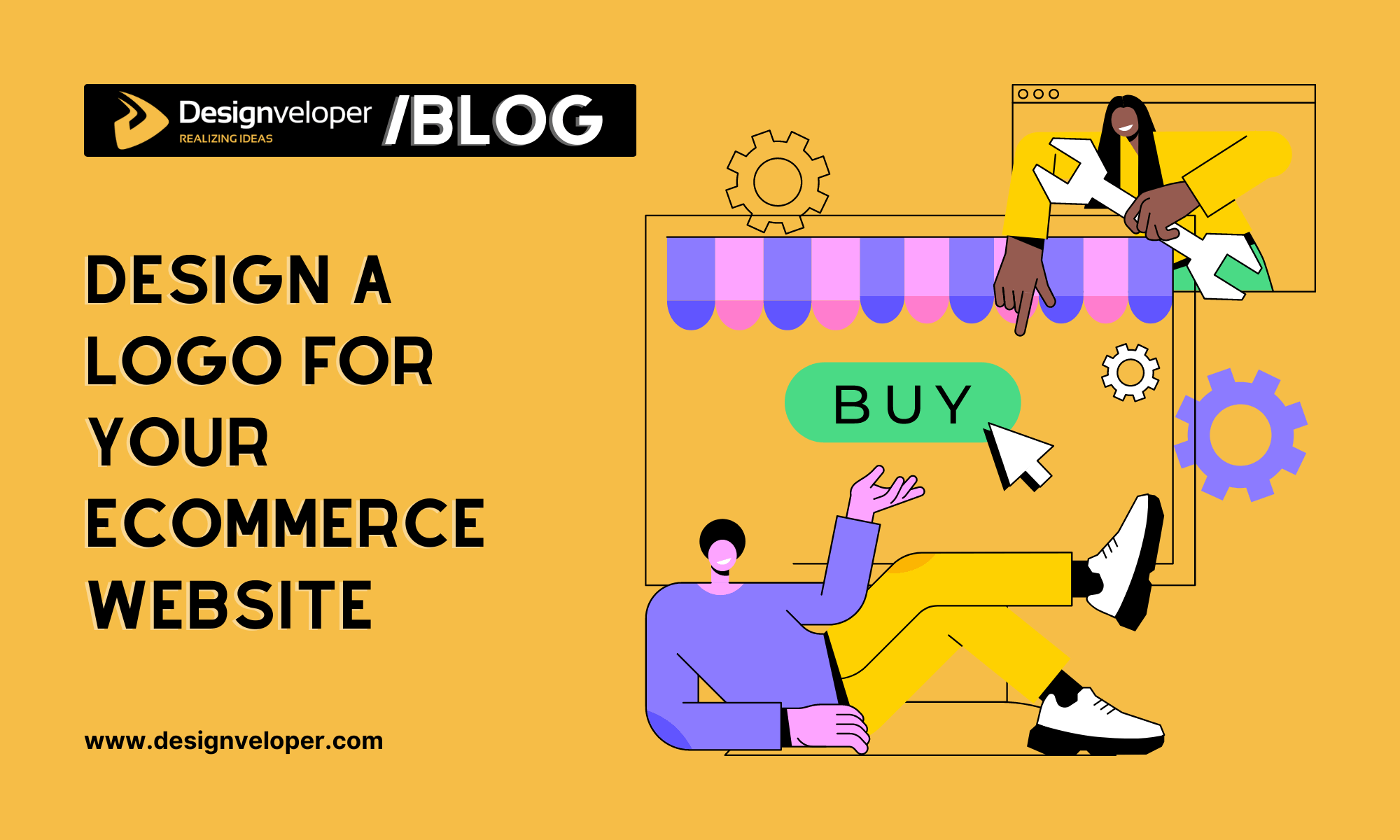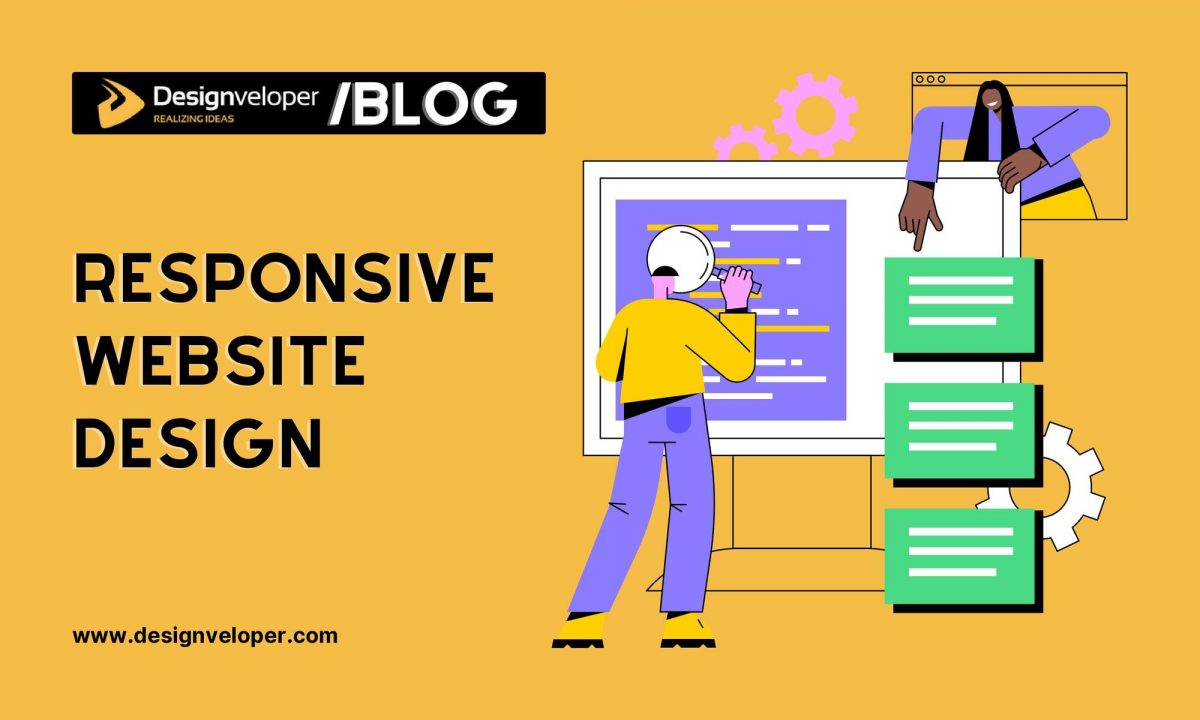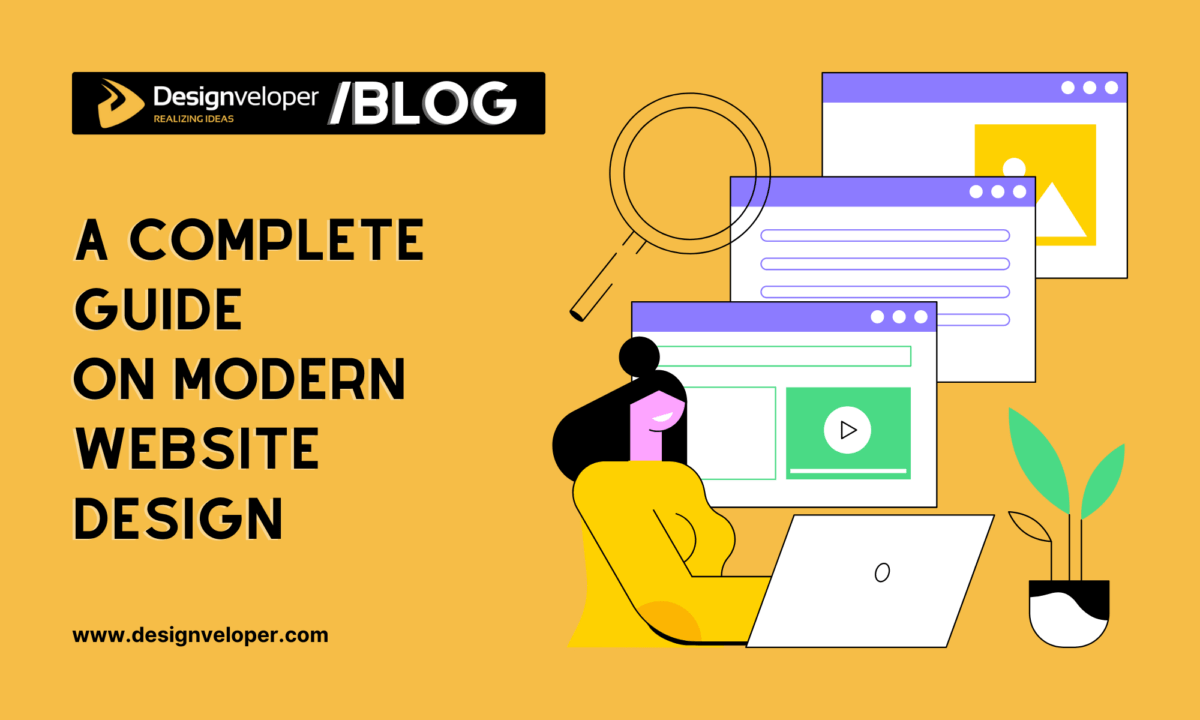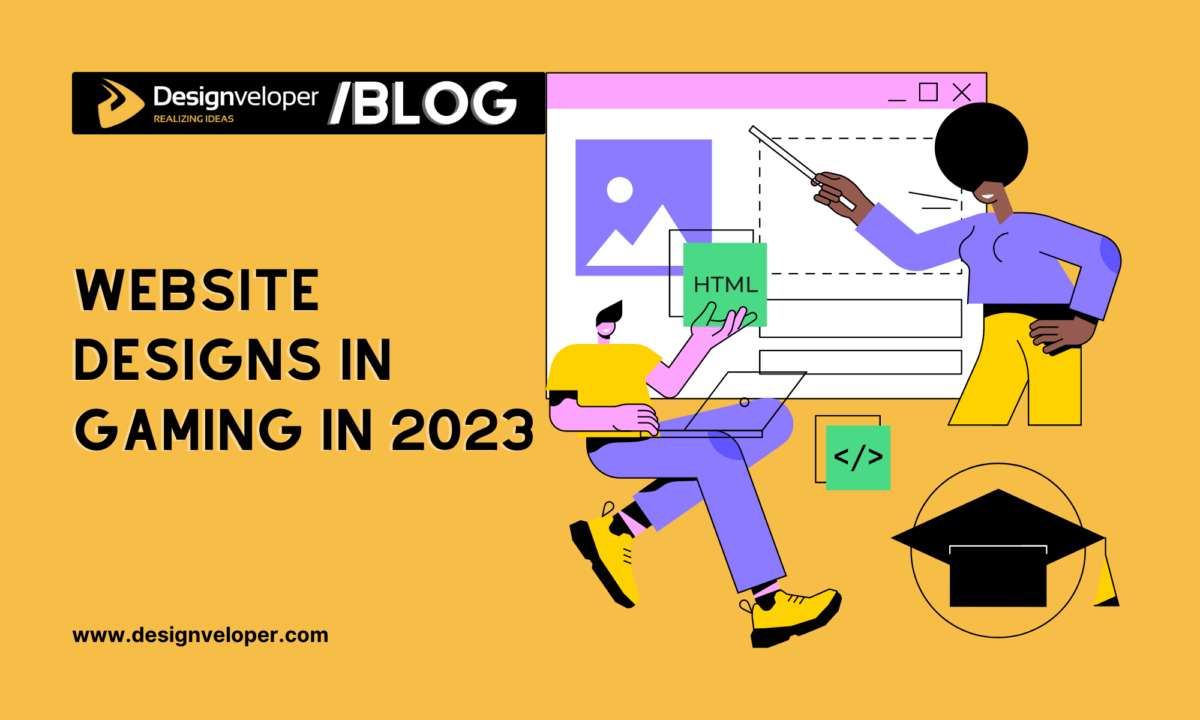When it comes to online businesses, the e-commerce industry is one of the largest options, with thousands of retailers and billions of sales every year. With so much competition, you have to do everything possible to stand out from the crowd. One excellent way to do that is by creating a captivating and eye-catching logo.
Since customers have so many options for e-commerce businesses, a stunning logo can cut through the noise and help your brand get noticed. While you still have to deliver an exceptional customer experience, the logo is what gets people in the door, so it’s a vital part of your marketing strategy.
So, let’s look at what it takes to create a world-class logo from scratch so you can put your e-commerce business ahead of the curve.
A Breakdown of the Different Types of Logos
Before you can worry about design elements like colors and graphics, you must first understand the three primary types of logos. This way, you can determine which one will work best for your business and focus your attention on that. Otherwise, it’s too easy to get bogged down with different ideas and wind up with a lower-quality logo than you would want.
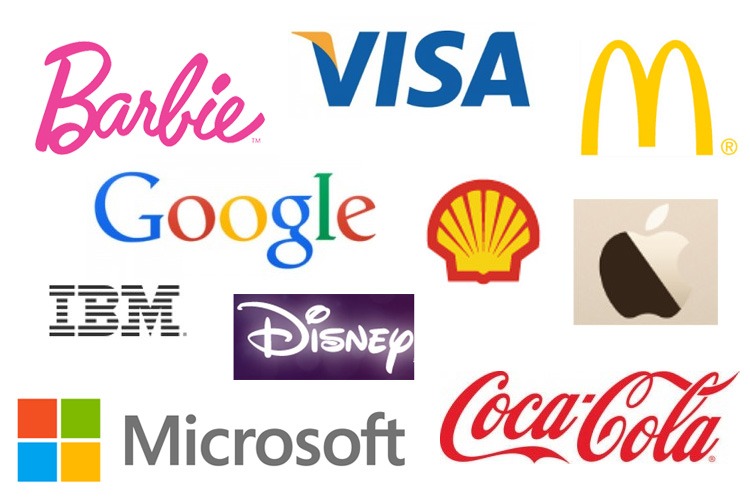
Here’s a quick overview of each type of logo and how it can work:
- Text-Based Logos – Since the main purpose of a logo is to introduce customers to your brand, you need to convey important information, like the name of your company. Text-based logos are pretty common, with examples ranging from Coca-Cola to FedEx and beyond. In this case, the font style you choose is most important because that will act as the visual representation of your business.
- Image-Based Logos – As the saying goes, a picture is worth a thousand words, so a graphic logo can illustrate your brand better than any text. Typically, you would want to create a unique image or graphic to represent your business. If you go with something generic, anyone can claim that for their e-commerce store, making it harder for you to get ahead. Some examples of striking image-based logos include Nike’s swoosh and Apple’s apple.
- Combination Logos – Realistically, if you develop an image-based logo, you’ll have to pair it with text – at least until the graphic becomes synonymous with your brand. So, it may be best to create the text and graphic elements separately so they can work individually or as a pair. If you create a combo logo from the beginning, it may be harder to separate the individual pieces and still convey the same information. Some examples of combo logos include KFC, Burger King, and Adidas.
6 Tips on Creating a New Logo for Your E-Commerce Website
Once you know what type of logo you’re trying to create, it’s easier to focus on the various elements that go into making it as captivating as possible. Even if you’ve never designed a logo before, these tips can help you go from a vague idea to a polished piece that will generate sales and drive traffic to your website.
1. Consider Your Audience
One of the best ways to succeed online is to find a specific niche and sell to it. For e-commerce businesses, the niche relates to the types of products you’re selling. For example, if you sell cutlery, your niche would be food. Similarly, if you sell workout equipment, your niche would be health and fitness.

Once you establish a niche, you have to get into the mindset of your audience. Using our workout gear example, you have to figure out why someone would be searching for workout gear in the first place. Are they just getting into fitness and need something to help them get into the right mindset? Or, is your target customer someone who is heavily into fitness and wants gear that can allow them to go to the next level?
Having your audience in mind can help you draft logos that appeal to them. For example, if you’re selling to beginner fitness enthusiasts, you may want softer edges and fonts that are more inviting. Conversely, if you’re appealing to hardcore fitness buffs, you may want a logo that shows how much your gear can push them to the limits.
Recommended reading: eCommerce Website Development Cost: A Detailed Guide
2. Make Your Logo Unique and Memorable
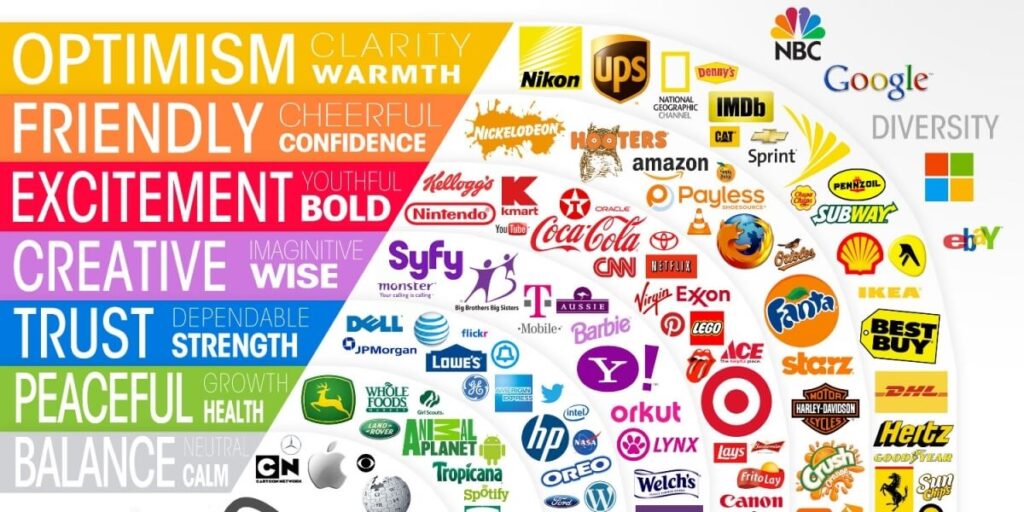
With so many logos already out there, how can you make sure that yours is as unique and memorable as possible? The first step is to look at the logos of companies that fit the niche you’re looking to fill. Ideally, you can find five or six high-level brands that get lots of traffic and have lots of sales.
Next, pay attention to their logos and see if they appeal to their target demographic or not. Ask questions like:
- Does this logo seem polished?
- Could I put another brand’s name underneath and still get the same result?
- If I just saw this logo, does it convey the products or services that the company offers?
In many cases, online brands will go with a simplistic logo that could stand in for any business, not theirs. As we mentioned, the best option is to avoid cliche graphic elements that anyone could use. That said, you can start with a generic idea and turn it into something unique based on the style of the graphic or the type of font choice that goes with it.
Overall, pick a few logos that stand out to you and see what you can do to make yours more unique or better.
Recommended reading: eCommerce Best Practices To Become The Next eCommerce Success Story
3. Compare Multiple Logo Options
For most people, it’s easy to become “vision locked” into an idea, especially when it comes to a new logo. If you already have an idea in mind, it can be difficult to see other logos and have an objective opinion about them. But you must be willing to compare vastly different options so you can make sure that the one you choose is the best representation of your brand.

So, for this tip, don’t just recreate a logo with slightly different fonts or graphic choices. Instead, look for brand-new logo ideas and compare them to see what sticks out the most. In some cases, you may be able to pick elements from uniquely different logos and turn them into something unique and memorable.
4. Don’t Forget About Colors
Ideally, your logo should be just as captivating and eye-catching in black and white as it is in color. That said, colors can create a strong emotional connection between your brand and your target customer.
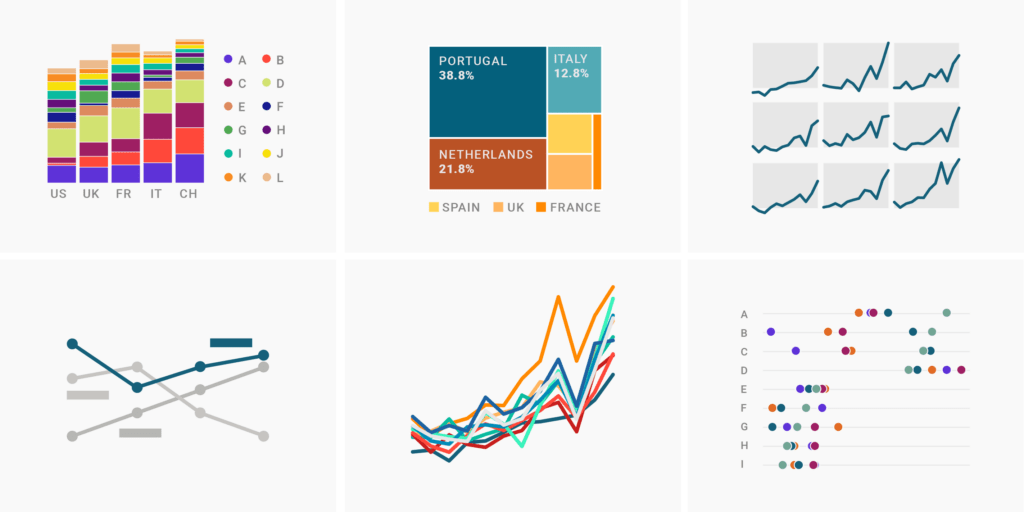
If nothing else, you must ensure that your logo colors make sense for what you’re selling. For example, if you have a green logo, people may assume that you’re selling outdoor equipment, sustainable products, or financial-related items. So, if you’re selling office equipment, there might be a disconnect between what the customer expects and what they see.
Here’s a quick breakdown of some common colors and what they can mean:
- Red – Used to trigger hunger for food brands, and it can connote passion and intensity.
- Purple – A royal color that gives your business a sense of elegance. Purple can also be used for fun and whimsy.
- Green – A natural color that calls to mind trees and plants. Green is also the color of money.
- Brown – Brown is an earthy color that can connote trust and reliability.
- Blue – A calming color that can also instill confidence in your audience.
FURTHER READING: |
| 1. Unlocking Design Possibilities With File Conversion Tools |
| 2. The Designer’s Guide to Ethical Data Handling |
5. Consider DIY vs. Freelance Logo Designers
As a startup e-commerce business, you’re likely trying to cut costs wherever you can. However, when it comes to your logo, it’s worthwhile to invest some money in creating something memorable and captivating.

So, while you can use free AI logo maker tools to generate ideas, it’s often best to hire a freelance designer to turn those ideas into something better. This way, you can take generic icons and graphics and make them unique to your brand. Also, having a few ideas to show to a designer can help streamline the process and help save some time and money overall.
6. Think About How Your Logo Will Be Used
Since you’re running a digital storefront, you may think that your logo will only live on your website. However, consider your marketing materials as well.
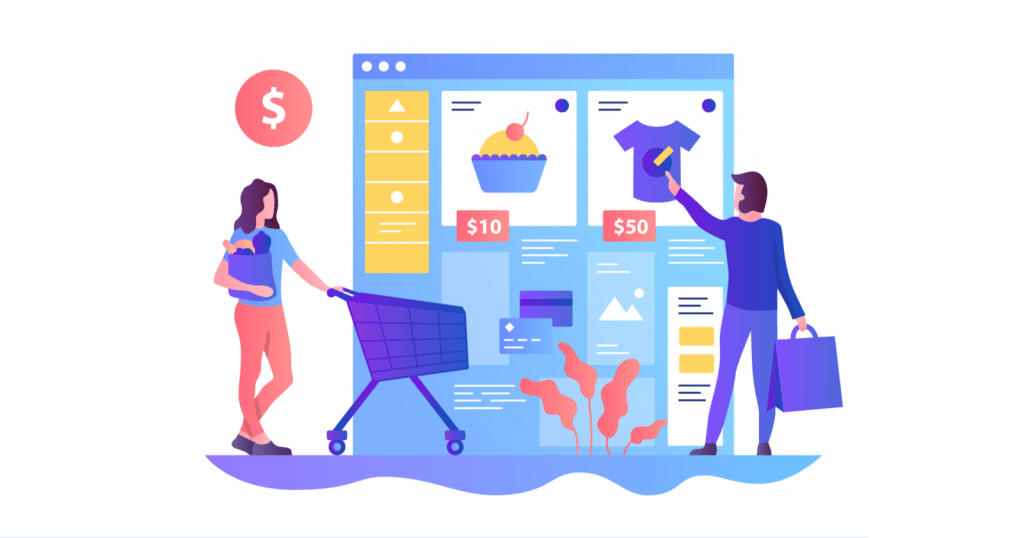
- Will you use the logo for social media profiles?
- What about print-on-demand products?
- Does your logo look the same when scaled up or down?
Fortunately, you can use free online tools to see what your logo will look like in different situations. For example, you can see how it looks on a t-shirt, mug, or mobile device. While you may not sell swag right away, seeing your logo in unique settings can give you a better idea of how your audience will perceive it.
Basically, consider your logo from a variety of angles and verify that it looks perfect in each situation. Otherwise, you could have to go back to the drawing board.
As you can see, developing a logo involves a lot more than just putting some text next to a graphic or icon. However, with the right preparation and development, your logo can transform your brand and provide a solid foundation from which to grow and thrive in the future.
